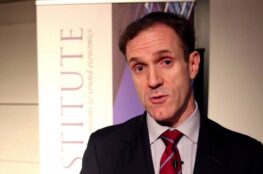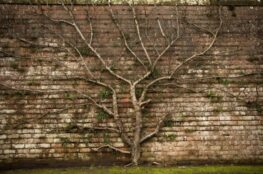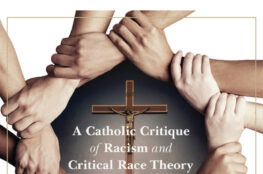Only today did I stumble upon Patrick Deneen’s online seminar, “Liberalism and Conservatism,” over at The American Conservative. This week’s edition examines the (in)famous “Austrian Economist” and social thinker Friedrich Hayek; a full overview of the course, along with a syllabus, is available here. Deneen offers a lot for readers to chew on, including — I hope — whether or not his political taxonomy is adequate. Deneen breaks both liberalism and conservatism up into three parts each, with liberalism represented by Classical Liberalism, Progressive Liberalism, and Libertarianism and conservatism represented by Natural Right Conservatism, Traditional Conservatism, and Radical Catholicism. Although he recognizes that there is some overlap between these groups, there isn’t any explicit acknowledgment that all six groups (including perhaps even Radical Catholicism as well) are part of the liberal tradition.
The seminar isn’t over yet, and so it would be premature to say too much about it at this juncture. It will be interesting to see if Radical Catholicism can be positioned beyond the horizon of liberalism or if it represents just another “option” for negotiating the liberal order. Another way to approach these matters is to start with a piece like Thomas Storck’s “What is the Christian Understanding of the Social Order?” (and its antecedent articles) and then ask if any of the liberals or conservatives Deneen analyzes fit within that understanding at all.



